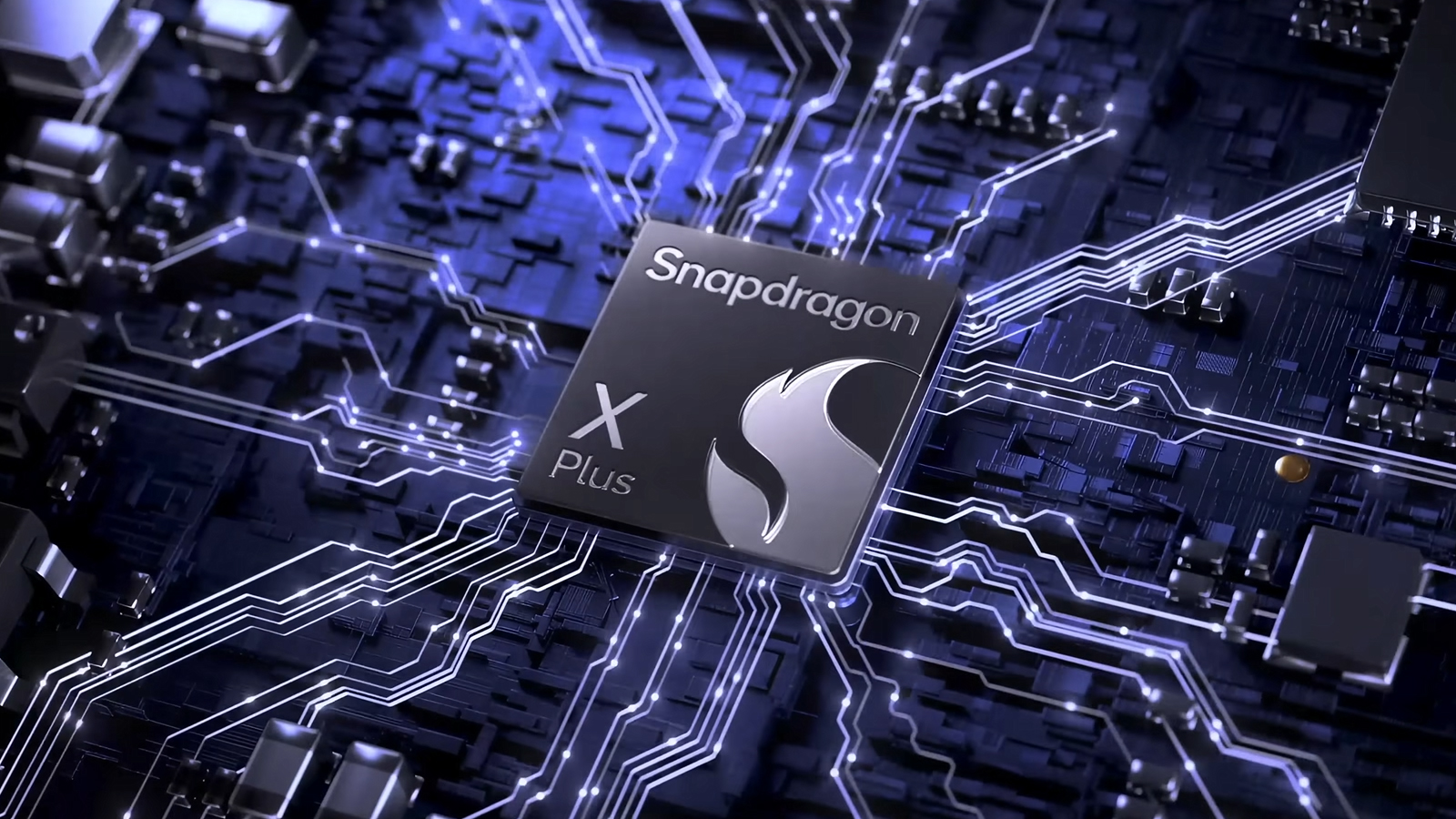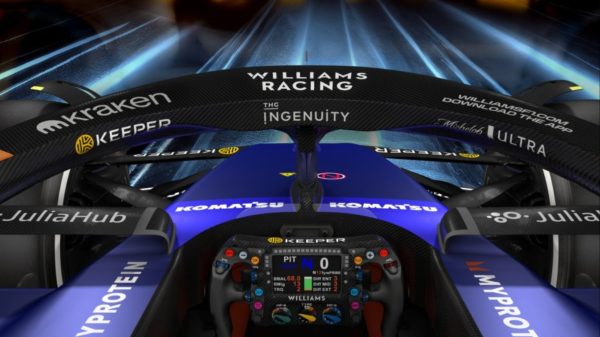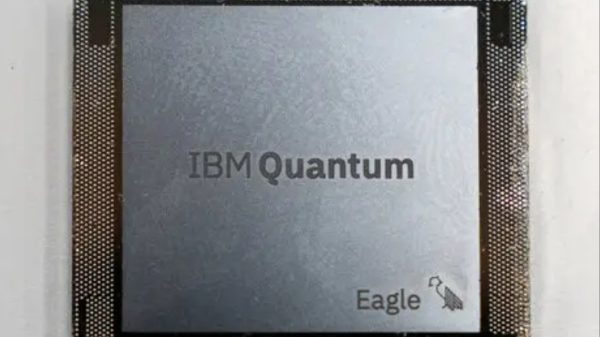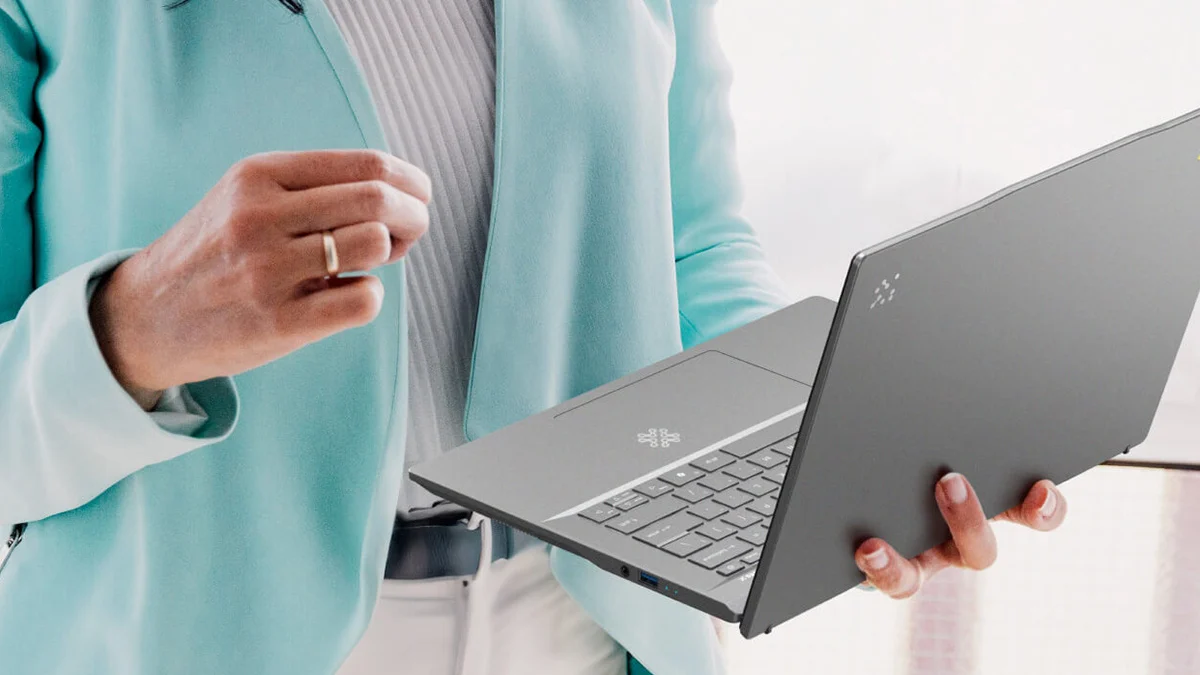A market research firm has projected that by 2029, Arm-based CPUs will make up 40 percent of all notebooks sold globally, indicating a significant shift in the industry. Currently, x86 processors from Intel and AMD dominate the market, accounting for approximately 82 percent of notebook processor sales.
In contrast, Arm holds around 18 percent of the market. According to semiconductor-focused analysis firm TechInsights, Arm’s share is expected to grow to 20 percent by 2025, driven mainly by the rise of affordable AI PCs powered by Qualcomm Snapdragon.
Projections suggest that the market could see a 60-40 split between x86 and Arm processors by 2029, with Arm capturing an impressive 52 percent of revenue share. This anticipated change will be fueled by premium offerings from major tech companies like Apple and Microsoft.
Apple has already been at the forefront of this transition, having switched to its own Arm-based Apple Silicon chips exclusively for its notebooks since moving away from Intel’s x86 architecture in 2020.

Arm-Based CPUs Poised to Capture 40% of Global Notebook Market by 2029, Challenging x86 Dominance
Several key PC manufacturers, including Microsoft, Dell, Lenovo, Asus, Acer, and Samsung, have recently introduced Arm-powered Copilot+ AI PCs. Microsoft believes these new products will revitalize and reshape the Windows notebook market.
With expectations for more budget-friendly Arm-based models to be available by 2025, consumers will likely have a wider range of options, further solidifying Arm’s position in the marketplace.
In addition to Apple and Qualcomm, other companies are actively developing Arm-based notebook processors. Huawei plans to release its Kirin PC chip early next year, while Nvidia and MediaTek are preparing to launch their laptop processors, expected to arrive by 2025.
This growing involvement from multiple players is expected to boost competition in the notebook processor segment, fostering innovation and enhancing product offerings.
One notable advantage of Arm processors is their energy efficiency; Snapdragon X chips are significantly less power-hungry than x86 offerings from Intel and AMD. However, Intel has made strides in efficiency with its new Lunar Lake processors, which outperform earlier models.
This ongoing competition between Arm and x86 technologies is likely to lead to continued advancements in performance and energy consumption within the notebook market.









































